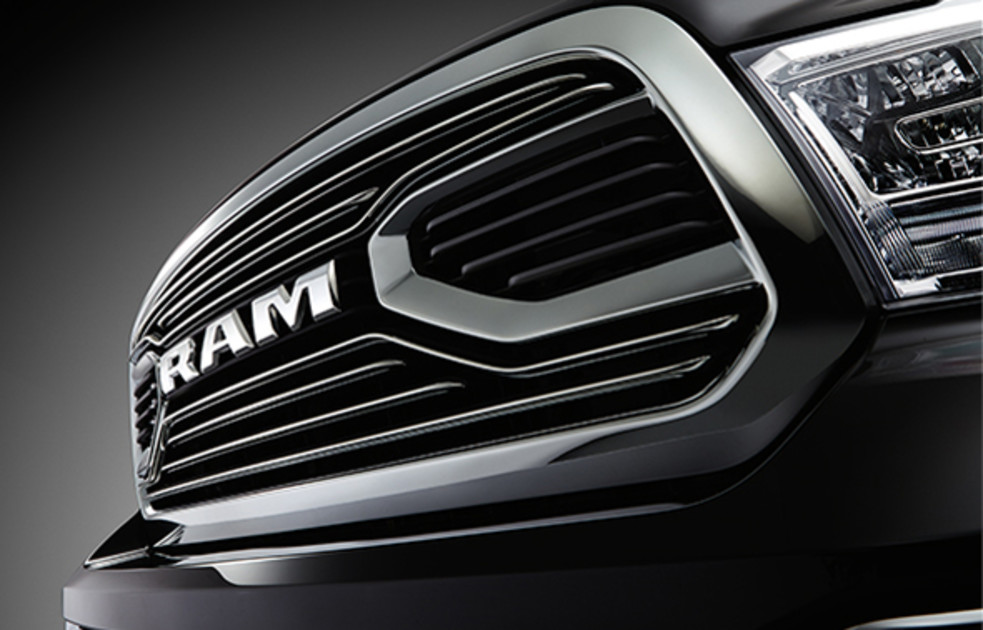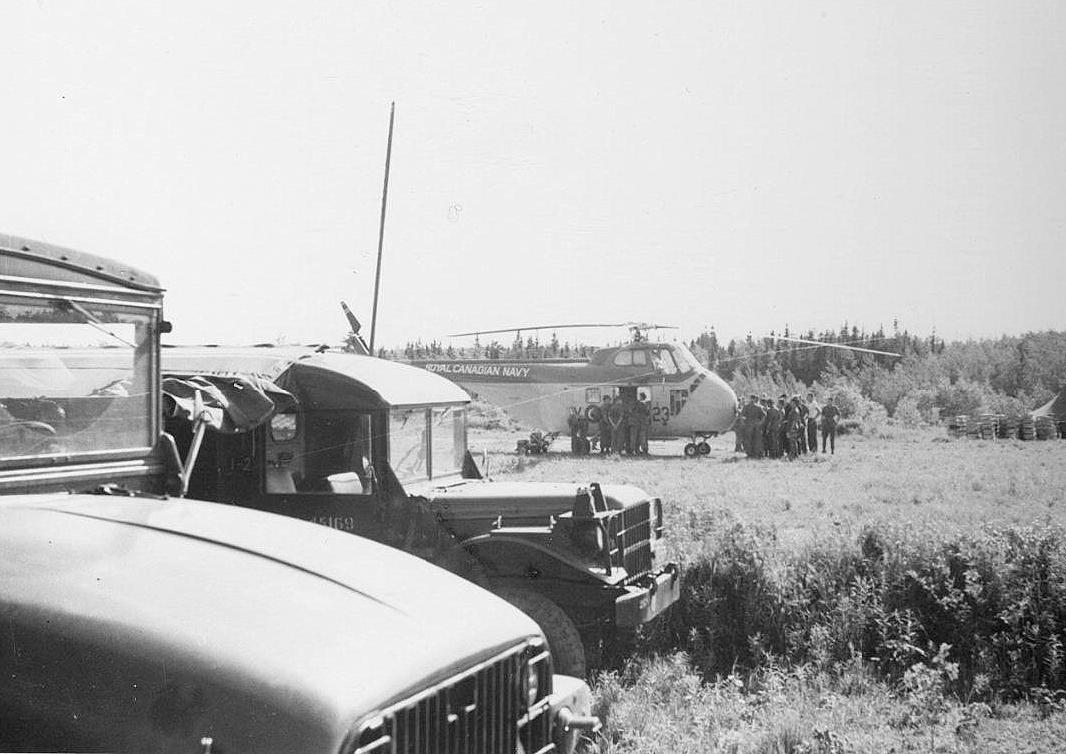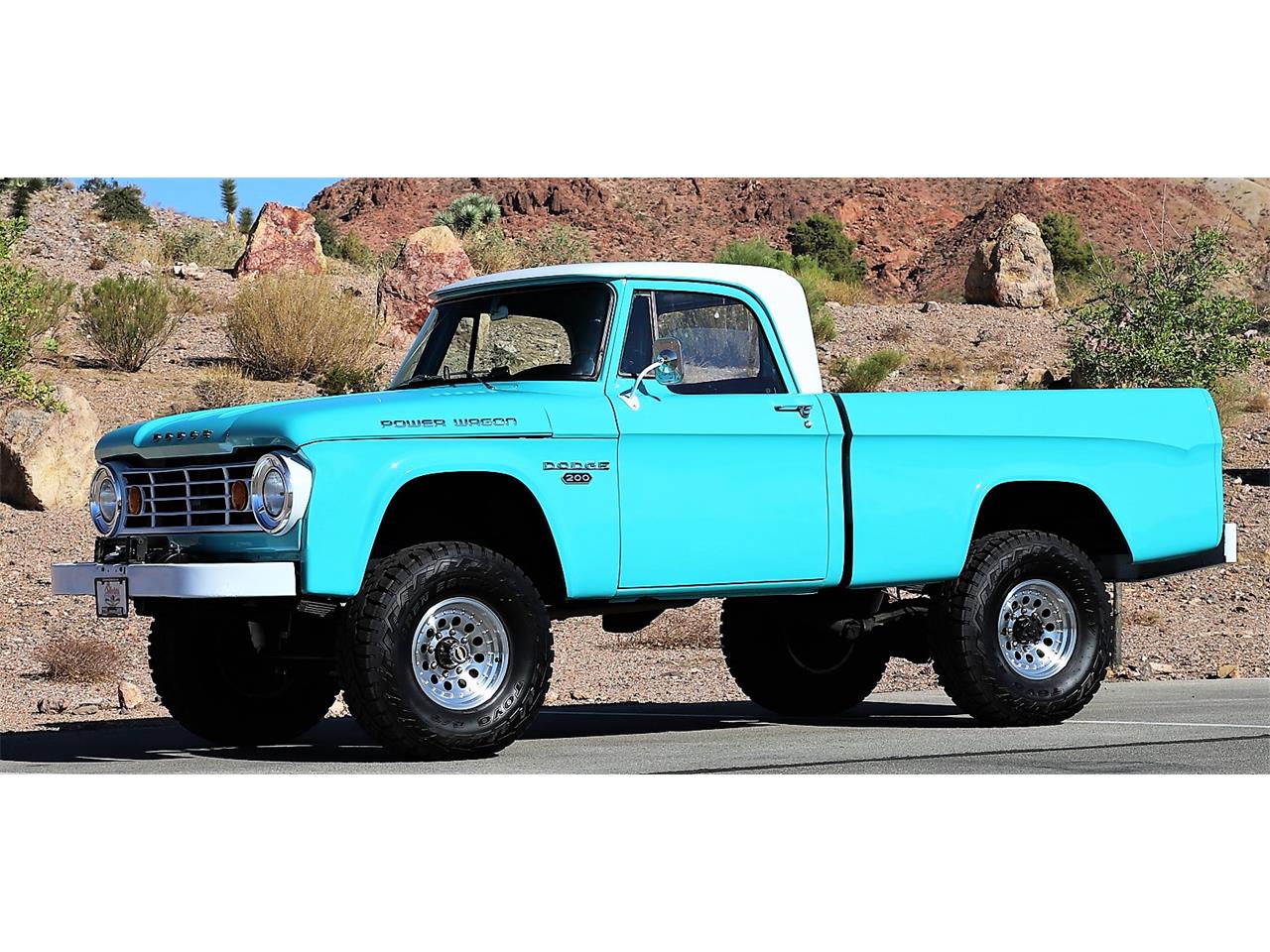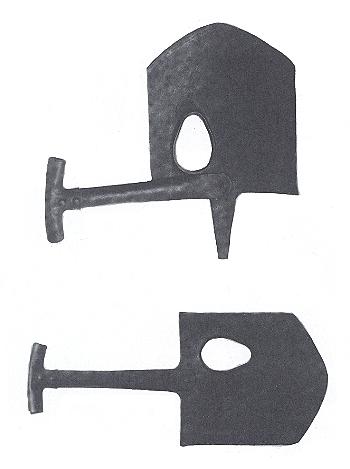Speak of the Devil...
Not all Canadian inventions fly: Worthington
While not exactly a Canadian innovation, Canada’s adoption in 1994 of the LSVW (Light Support Vehicle Wheeled) to replace the army’s 5/4 truck is one of those things DND would like to forget.
Canada was in line to buy 2,879 of these trucks from Western Star, based in Kelowna, B.C. The LSVW was an Italian-designed truck and relatively cheap. The vehicle went to the military’s Land Engineering Test Establishment (LETE) before Canada committed itself to the purchase.
LETE was one of the more valuable assets of DND, where imagination and innovation saved countless expenses. For example, LETE devised armoured floor plates for APCs that protected crews against land mines in the Balkans.
As for the LSVWs, they failed virtually all of LETE’s tests. For what it’s worth, I went to the LETE testing area in Orleans, near Ottawa, and attended some of the testing. The vehicle was top heavy, under-powered (115 horsepower), capable of only 40 km/h, its braking system was unreliable, access to the engine was difficult, but most of all it would not start in sub-zero weather. In other words, it verged on being a lemon.
Non-experts like myself wondered why Canada would buy an Italian-designed truck, when next door in the U.S., General Motors was producing the most effective and inexpensive army trucks in the world? The answer, of course, was to give the contract to a Kelowna firm, perhaps because the Conservative government wanted votes in B.C.
On the heels of LETE’s devastating critique and rejection of the LSVW as an adequate truck for the Canadian army, in 1994 the Chretien government shut down LETE, killed it, and new testing for the LSVW was shifted to the Nevada Automotive Testing Centre (NATC) in the U.S. where the vehicle passed with flying colours and was incorporated into the Canadian army.
It didn’t last its 20-year life expectancy. It lasted three years — by 1997 a search began for the next generation of truck.
DND is notorious for acquiring equipment that disappoints — and one could mention the Iltis as a replacement for Jeeps.
In a weekend article in the Sun, Simon Kent recalled Canada’s impressive record of “innovation and aspiration” ranging from the zipper (1917) to the first experimen…

torontosun.com







